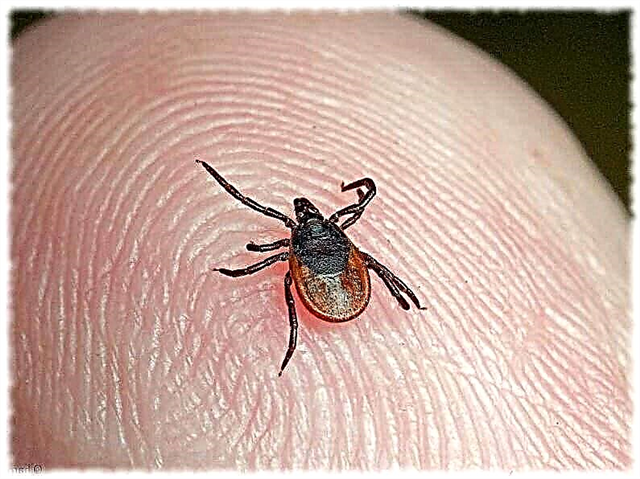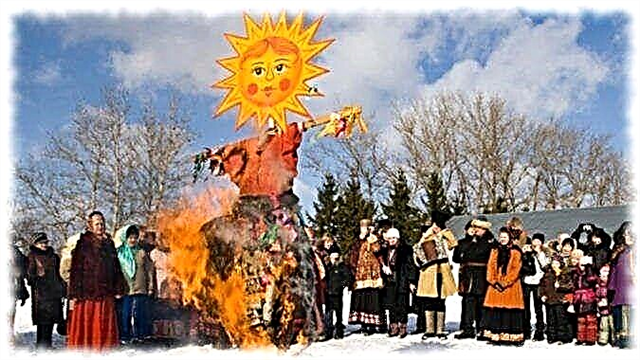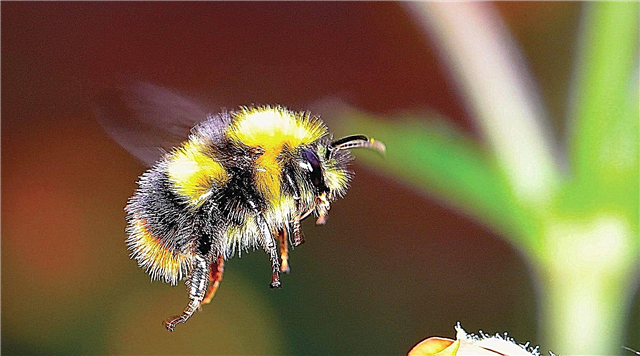
Pigeons easily move on asphalt, the most lazy individuals even prefer to run away from random people, rather than fly away from them. But pigeons prefer flat surfaces to branches.
Why do these birds do not like to sit on branches, which prevents them from using trees for nesting, resting? Ornithologists will easily answer this question.
The habits of city pigeons
Of course, gray-winged birds did not always live next to people. Indeed, cities in a modern sense, with high-rise apartment buildings, tons of cement and concrete, have appeared relatively recently. In the past, those pigeons that today are adjacent to humans lived on the rocks. They had to use horizontal, vertical, inclined surfaces, but not branches. And vegetation on the rocks is usually not enough. Because pigeons are not used to sitting on tree branches, and the device of their legs does not allow you to do it comfortably.

Forest pigeons successfully cope with similar tasks and willingly sit on branches. Vyahiri, klintuhi and other forest birds that are relatives of pigeons, sit on branches for a long time. This is not to say that the anatomy of pigeon legs does not allow the use of branches at all - this is not so. However, if we compare the vyakhir and the city pigeon, the first paws will be developed as human hands, while the legs of the “city dweller” can be compared to the feet.Small anatomical nuances make some things more convenient, others less. Sparrows cannot walk like pigeons, they are more likely to jump. But it’s convenient for them to sit on branches. City pigeons have the opposite. They walk and run well, but do not sit well on branches.
Interesting fact: city pigeons were introduced to enrich the urban fauna, they began to inhabit in Russian cities from the 30s of the 20th century. In the past they were not here - the bird is of European origin, and originally really lived on the rocks.
Gray pigeons and their brothers

In the cities, gray pigeons have taken root, although sometimes other species can be found. As a rule, other species of the same bird begin to settle in cities when the bluish population falls. Wild pigeons live in pairs, they do not stray in flocks, like urban ones, they know how to use trees when it comes to building a nest or needing to rest somewhere.
Their paws perfectly "know how" to grab branches and hold on to them. In the southern regions of Russia you can often see turtledoves living in the city - they practically do not sit on the ground, live in the crowns of trees, make loud noises.
Like their relatives, the gray pigeons also began to change their behavior, adapting to the new environment, gaining the skills to use all available opportunities most successfully. So, in recent years, people have increasingly observed gray-winged birds, conveniently located on wires, branches, antennas. A phenomenon of this kind is not widespread.
In general, the foot of a city pigeon does not exclude the possibility of capturing a branch, although the bird likes to run along rooftops or asphalt more.However, there is one caveat: the dove flies in a straight line, and its body requires a sufficiently large space to perform even the most simple maneuvers. The crown of the tree does not allow it to accelerate or maneuver, therefore it is not the best environment. A city pigeon needs a lot of open space.
Thus, a city pigeon does not sit on branches, because it is not used to doing it. With its structure, sitting on a branch is not very convenient, although it is possible. It’s also inconvenient for a pigeon to maneuver in the crowns of vegetation.












